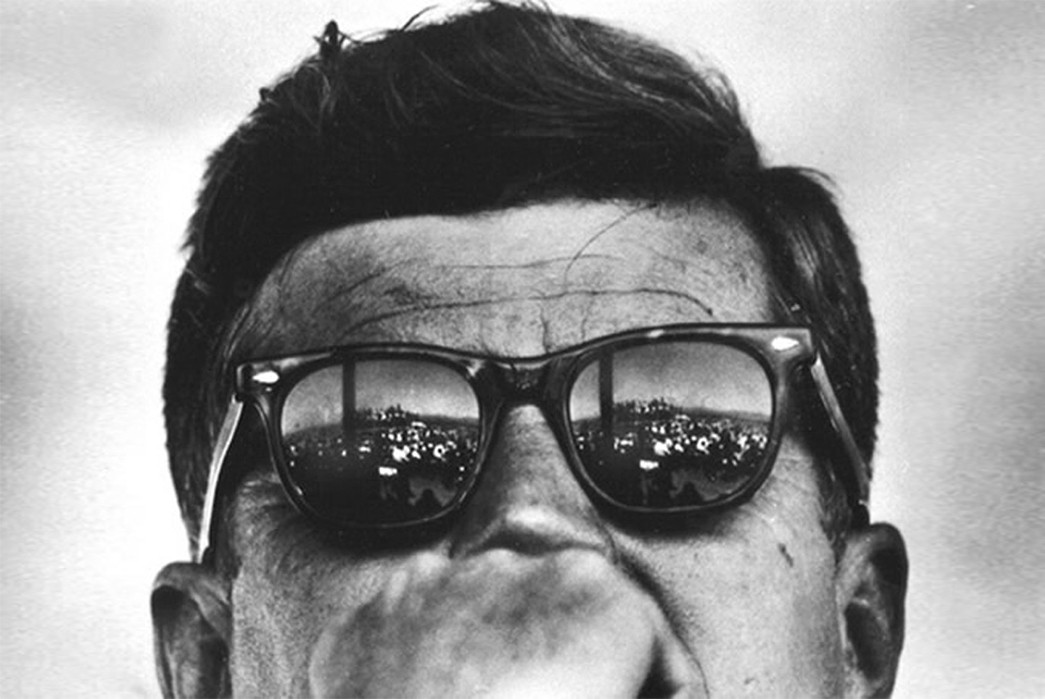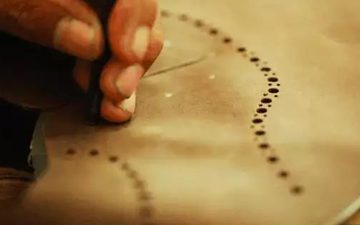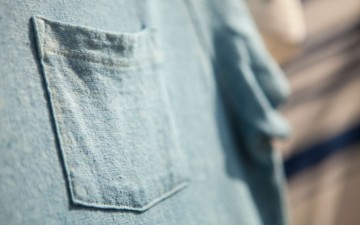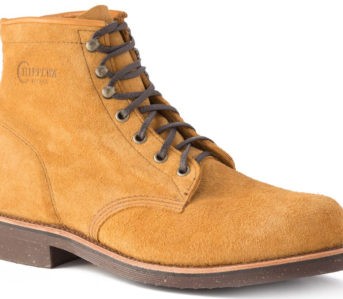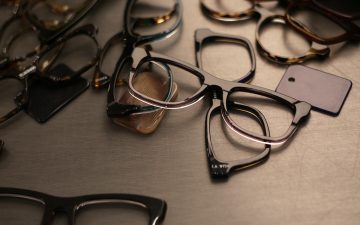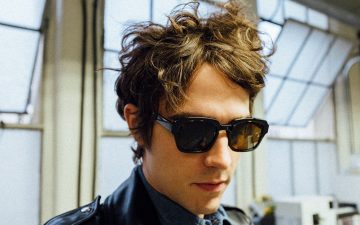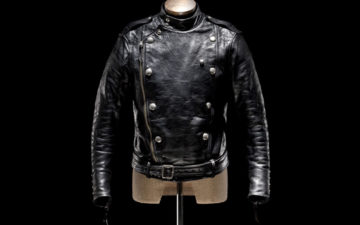I know we’re well past Christmas, but I still have that carol in my head, the one that says, “You know Dasher and Dancer and Prancer and Vixen,” but not Rudolph, “the most famous Reindeer of all.” I believe the same can be said when it comes to iconic eyewear brands.
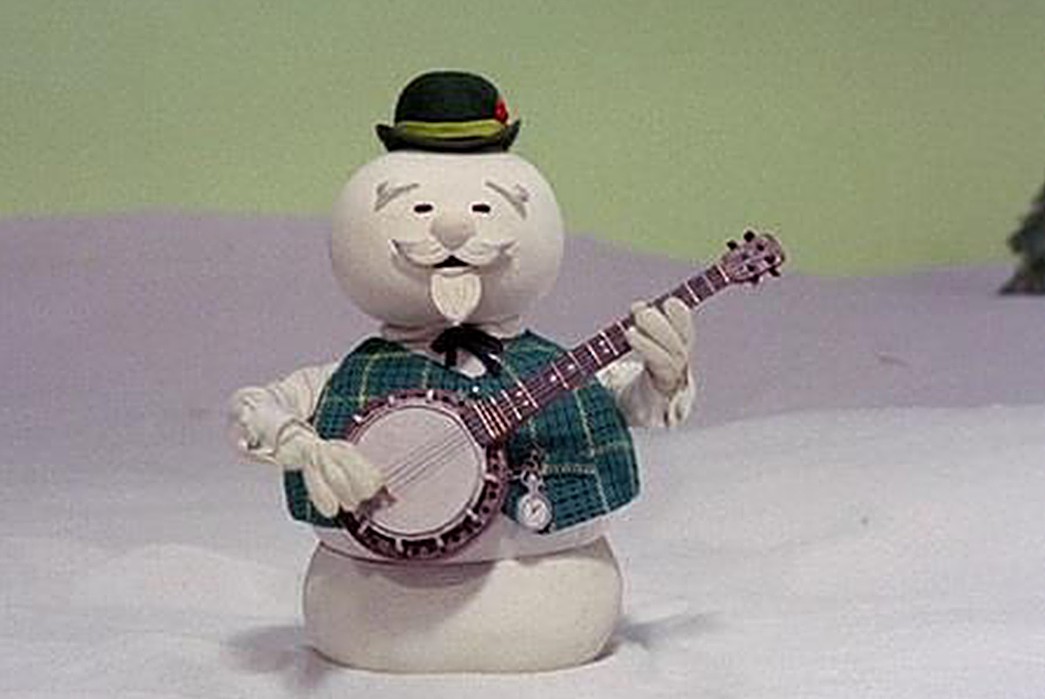
Sure, “You know Ray-Ban and Randolph and Persol and Oakley,” but not American Optical, “the most influential maker of all.” That’s just not right, and since there’s no song by Burl Ives to fill you in, I guess it’s up to me.
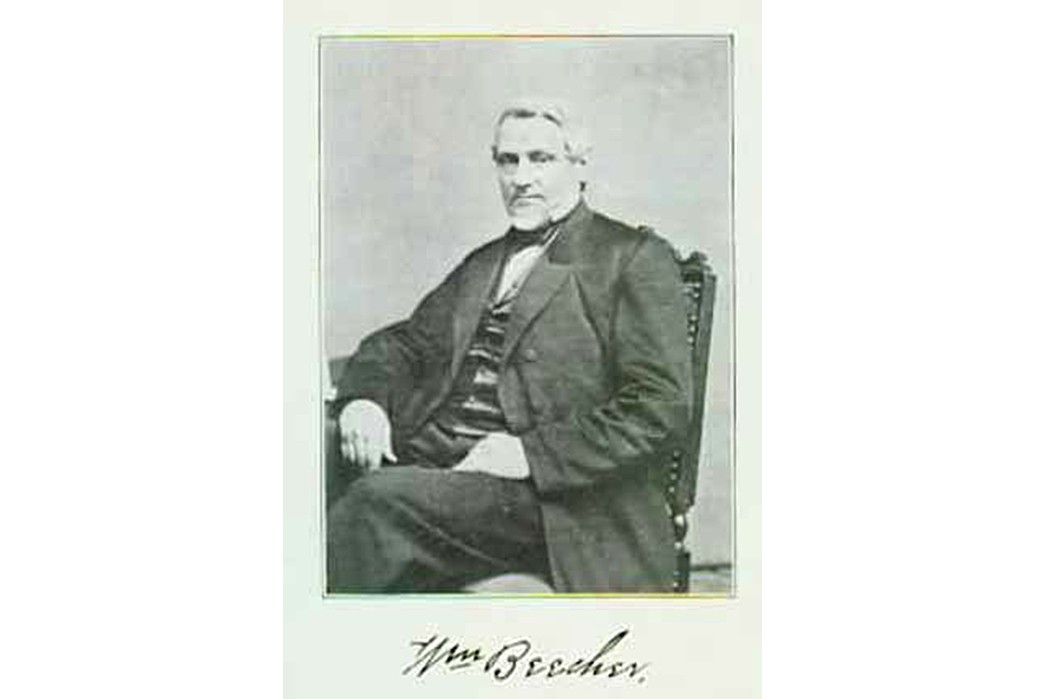
According to American Optical (AO):
The development of the optical and eyewear manufacturing industry in America started in the early part of the nineteenth century. Prior to this time, optical frames and lenses were imported from Europe, mainly from France, Germany and England. Metal frames were also produced by local jewelry manufacturers as well as other specialty metal workers. The quantities, however, were limited to private demand for singularly custom made frames.The AO heritage began in 1826, when William Beecher, a Connecticut farm boy, came to Southbridge, after an apprenticeship in Providence, Rhode Island, where he learned the jeweler’s trade. This trade he practiced in Southbridge for seven years before his fateful encounter with a pair of typically crude imported spectacles. “I can do it better,” said William Beecher to himself and he went to work. The American optical industry was born at that moment. William Beecher fostered an enduring precept for the company that was to grow into the American Optical Company.
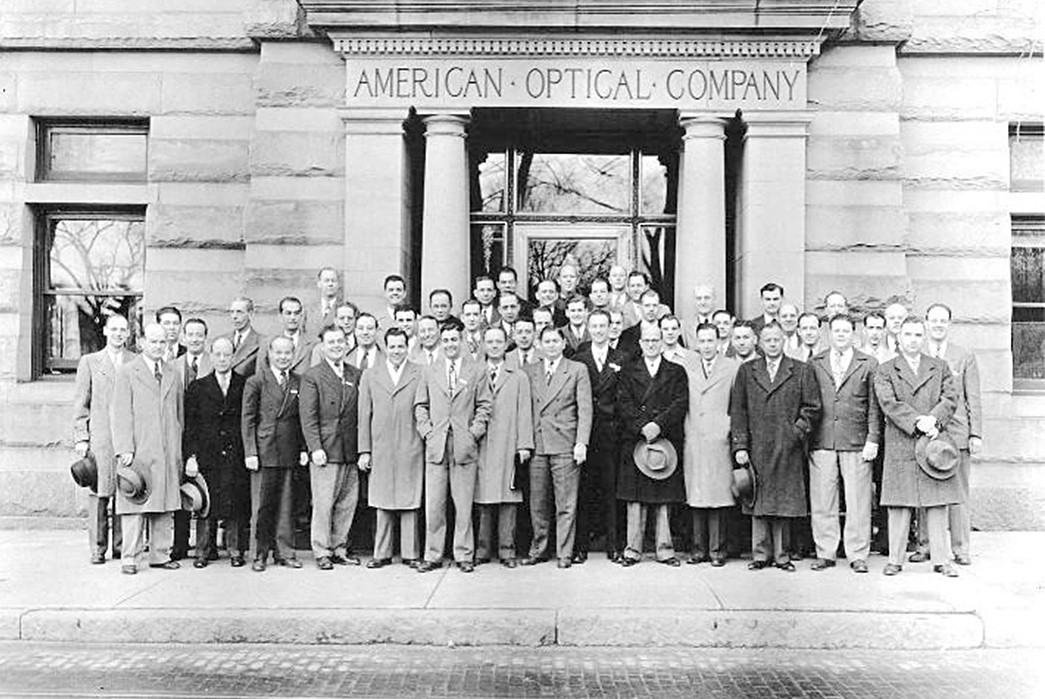
The style of glasses that AO made in these early days–1827 to 1872–don’t have a lot of contemporary reference points, that is unless you’re into Steampunk or dressing up for Halloween (and those are roughly the same thing). Think small wire, oval or circular frames. Better than nothing, but only slightly.
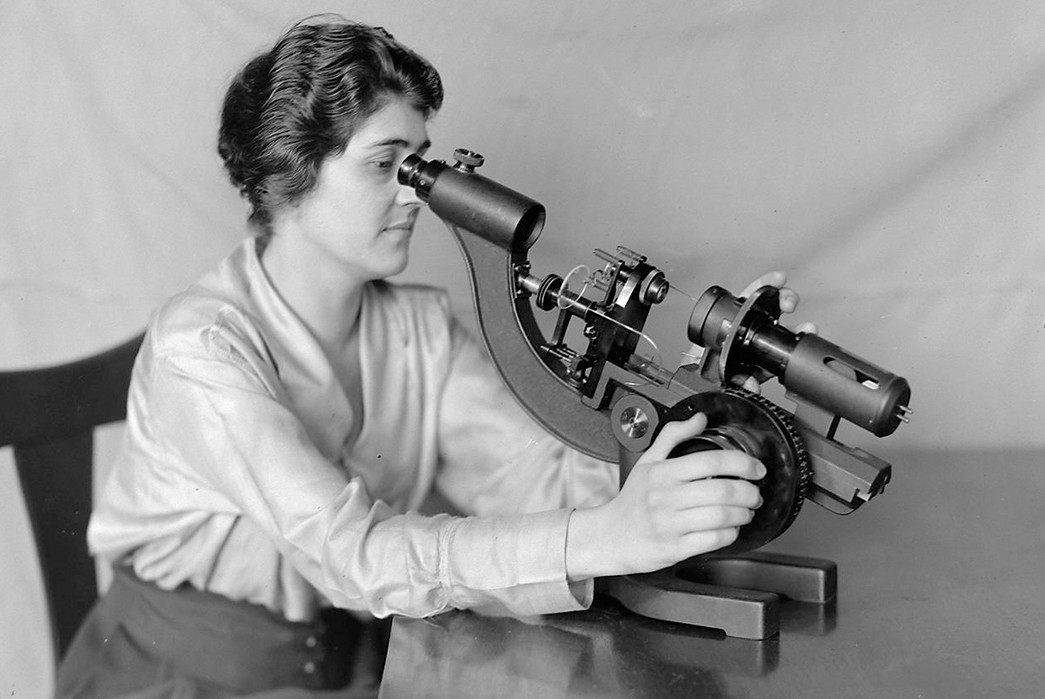
It’s after the turn of the century when AO really kicks into gear–manufacturing processes mature, quality greatly improves, and optical glasses become much more affordable and popular. By 1905, AO was employing 2000 people with a $1 million payroll, and over 600,000 pairs of gold and silver frames were being produced each year.
It’s in the next two phases of AO’s development, essentially 1917 through 1946, and 1958 to present, that AO makes the biggest leaps forward. (And remember, from their earliest days, AO is the company innovating the technology and styles that others would later on “adopt” as their own.) In 1917, AO had eight mobile self-contained units all over Europe providing eyeglasses to the Allied troops (all of a sudden, Lens Crafters seems kinda’ late to the party).
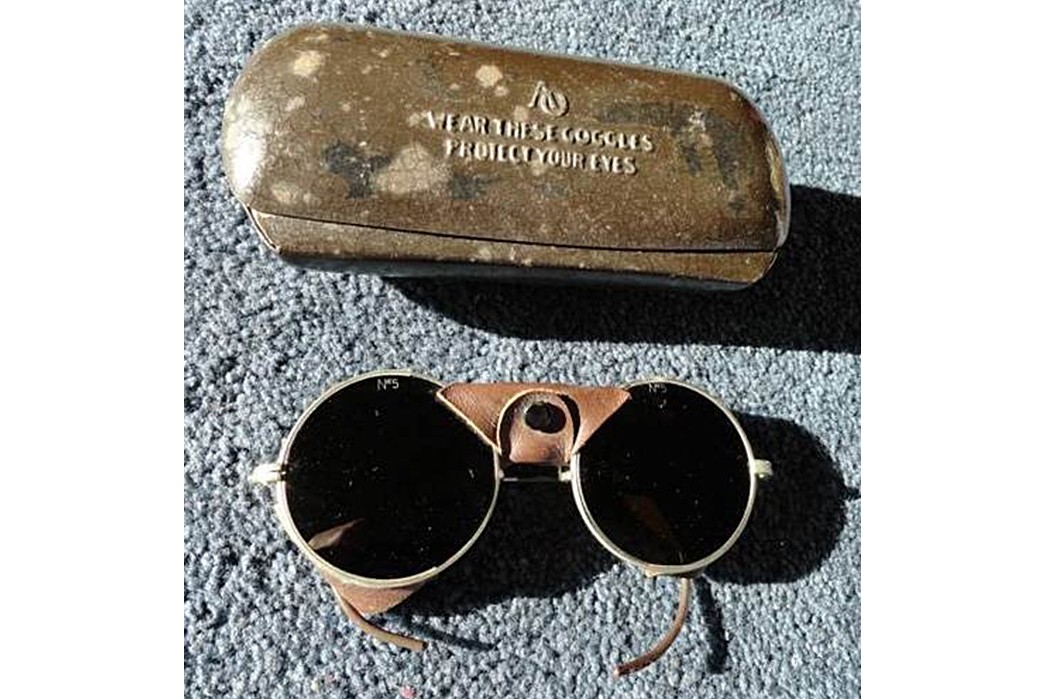
And it wasn’t just glasses–AO innovated all manner of optics, from gunsights to goggles to specialized military instruments. In just one year–1943 to 1944,–AO delivered 10 million goggle frames, 6 and a half million eyeglass frames and 5 million pairs of sunglasses to the U.S. military. Even for a war effort industry, these are extraordinary numbers.
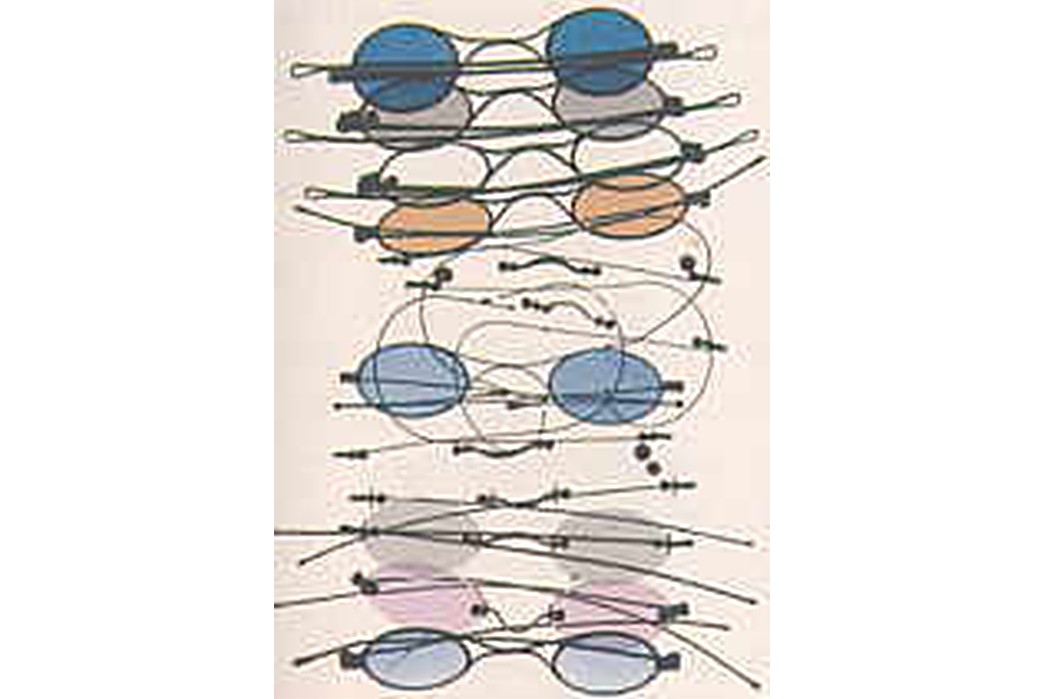
OK, now sunglasses–AO was sending out the first in 1976 with lenses tinted blue, smoke, pink and amber (suck on that Warby Parker). And as early as 1913 AO had secured the rights to Crookes glasses, those that provided real UV protection. In 1940 they start offering polarized lenses. Where the hell is everybody else?
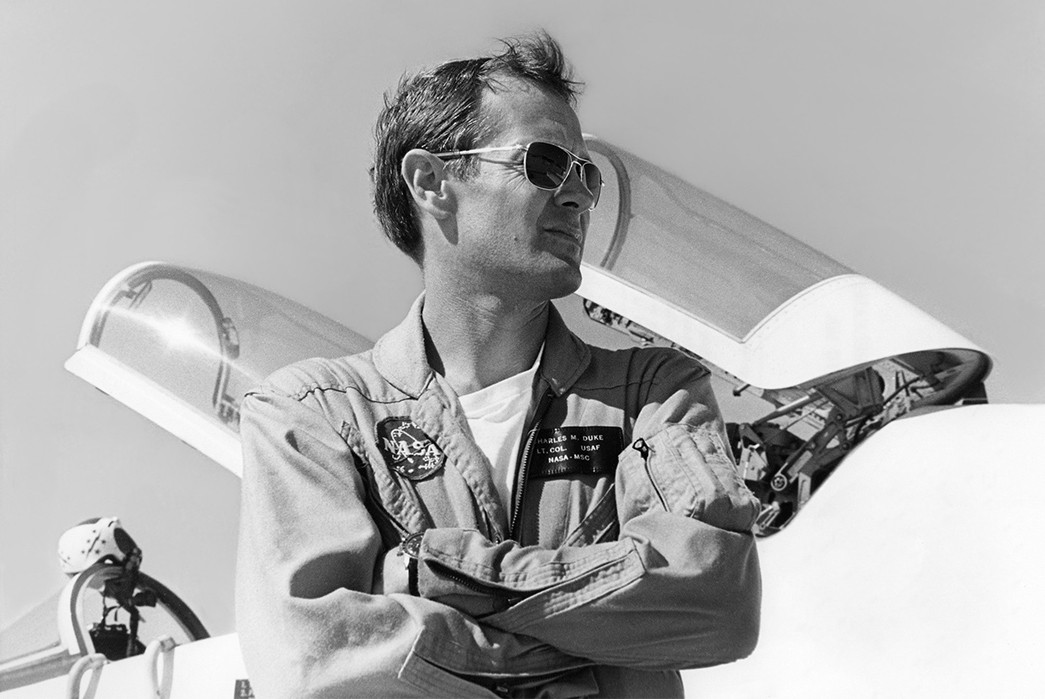
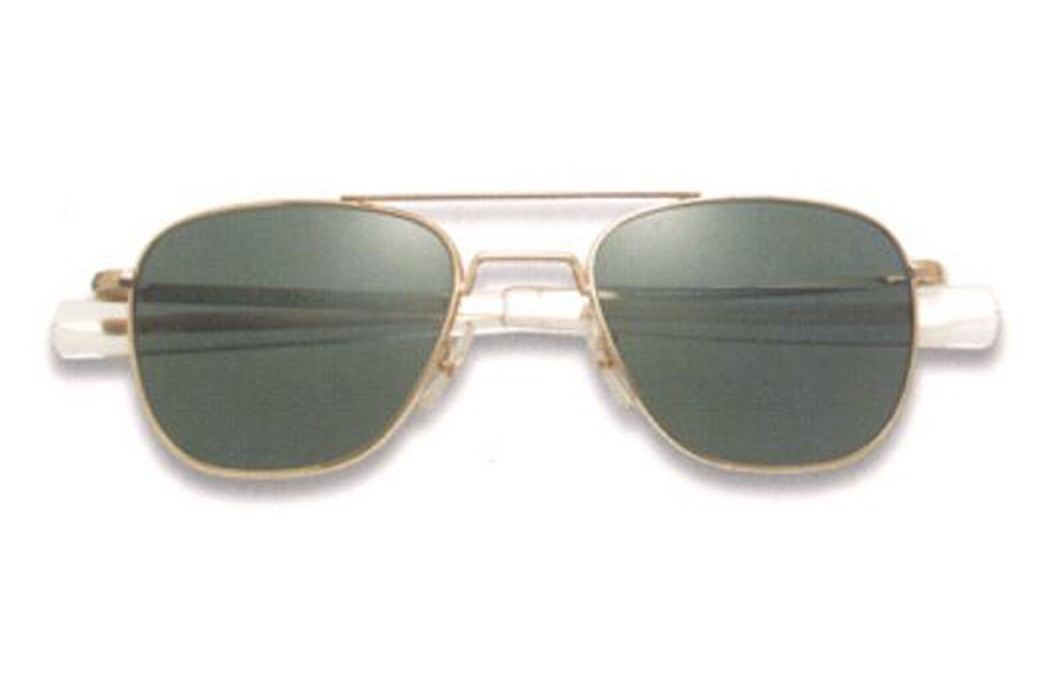
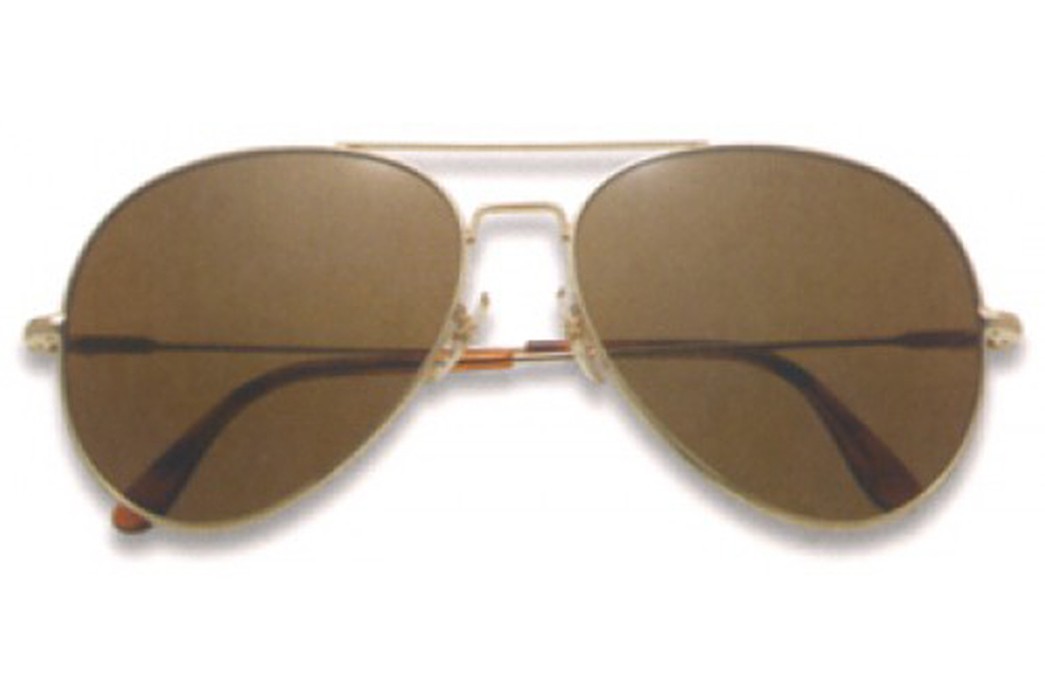
It’s in 1958 when AO starts supplying the U.S. military with their two most influential models–the Original Pilot Sunglasses (originally Flight Goggle 58, a way cooler name in my opinion), and the General, the classic aviator style that has been knocked off by literally EVERYONE ever since. You can still pick up The General for a cool $105 and The Original Pilot for $99 at American Optical.
The General was good enough for Neil Armstrong and the crew of the Apollo 11 mission, and the cast of Easy Rider, both in 1969. Talk about covering your bases and grabbing not just market share, but the whole damn market. That’s leadership and innovation…that’s American Optical, and they’ve been quietly chugging along ever since. How they lost that lead is beyond me–I imagine marketing and advertising are more than a little of it–but you have to give credit where credit is due. If imitation is the highest form of flattery, AO may be the most flattered “accessory” company in fashion history.
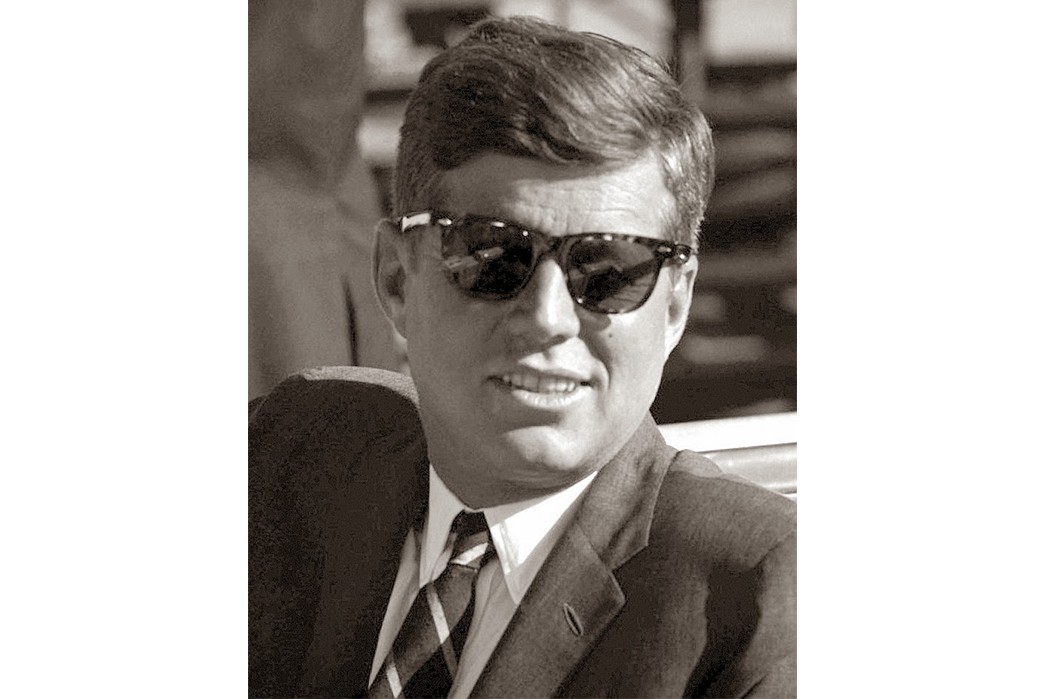
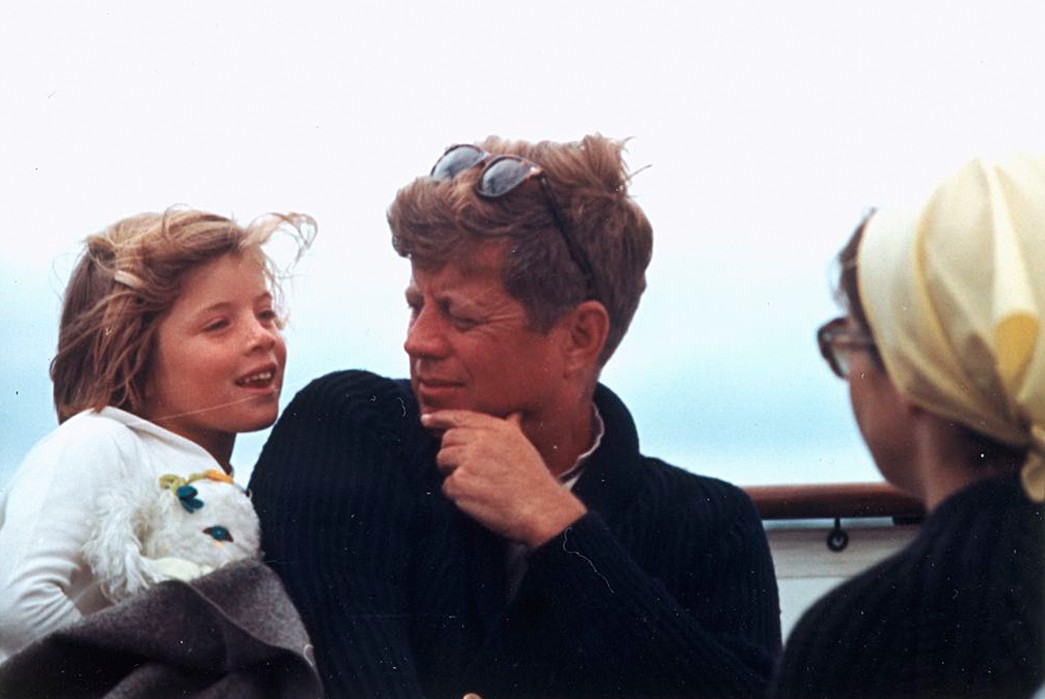
For me, the style that won my heart isn’t one of the two just mentioned (though I own both), but the one President Kennedy is wearing in that picture at the top…the AO Saratoga. When you see JFK in sunglasses, these are what you usually see, and everyone usually mistakenly ID’s them as Wayfarers. They Ain’t.
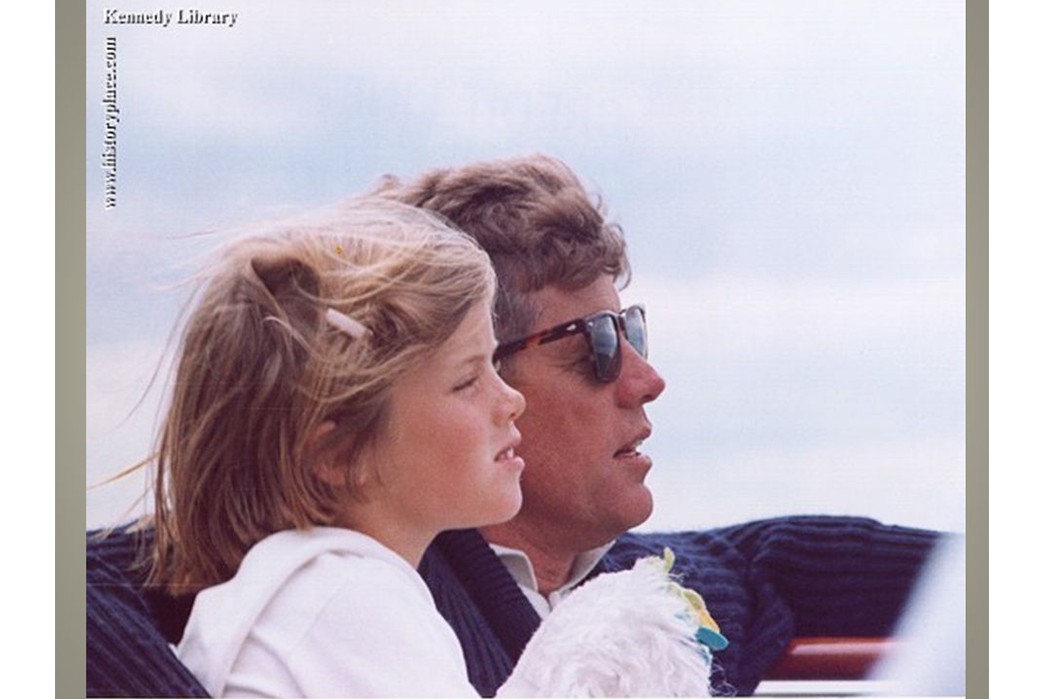
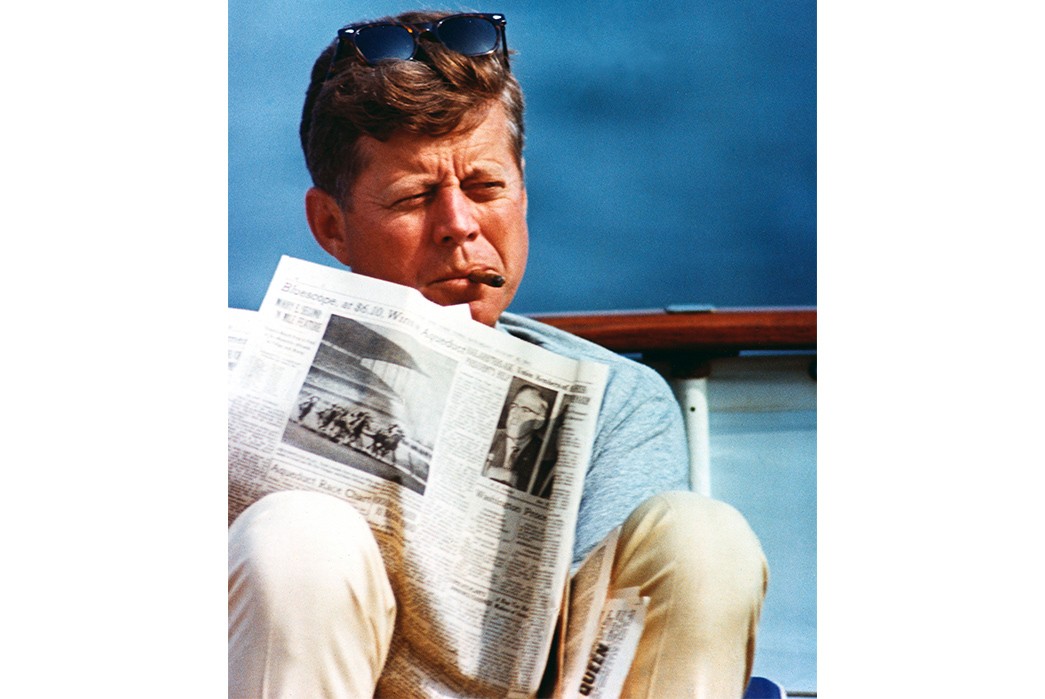
There’s a refinement to the lines of the Saratoga…an elegance that’s nothing short of presidential. Being a Blue Blood (with some bootlegger in him as well), President Kennedy knew quality when he saw it. Like all the best elements of classic men’s style, the President’s AO Saratoga’s don’t scream for attention. And that’s why they get it. (Hey…when you see them pop up on eBay, try to go easy, because you’re likely bidding against me.)

